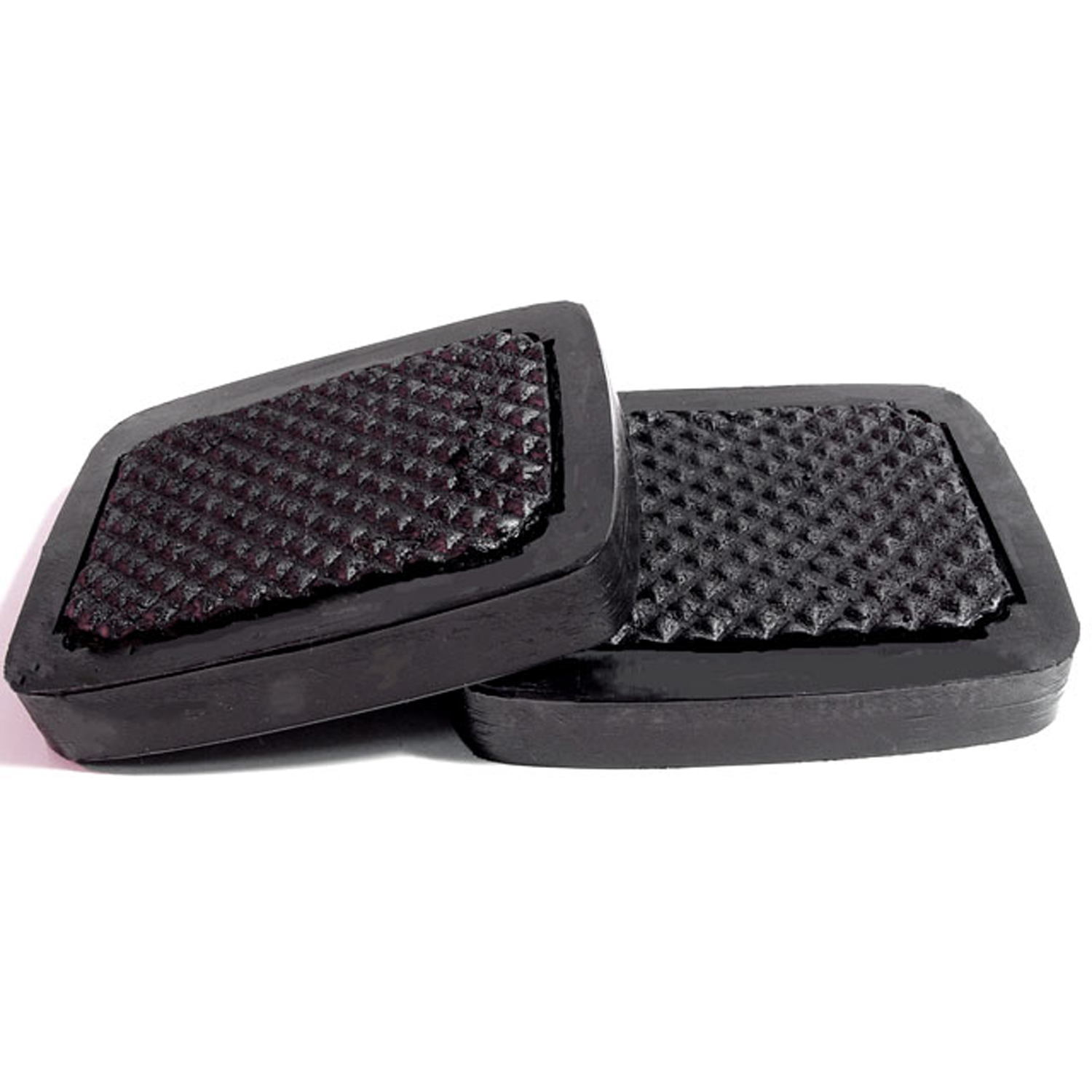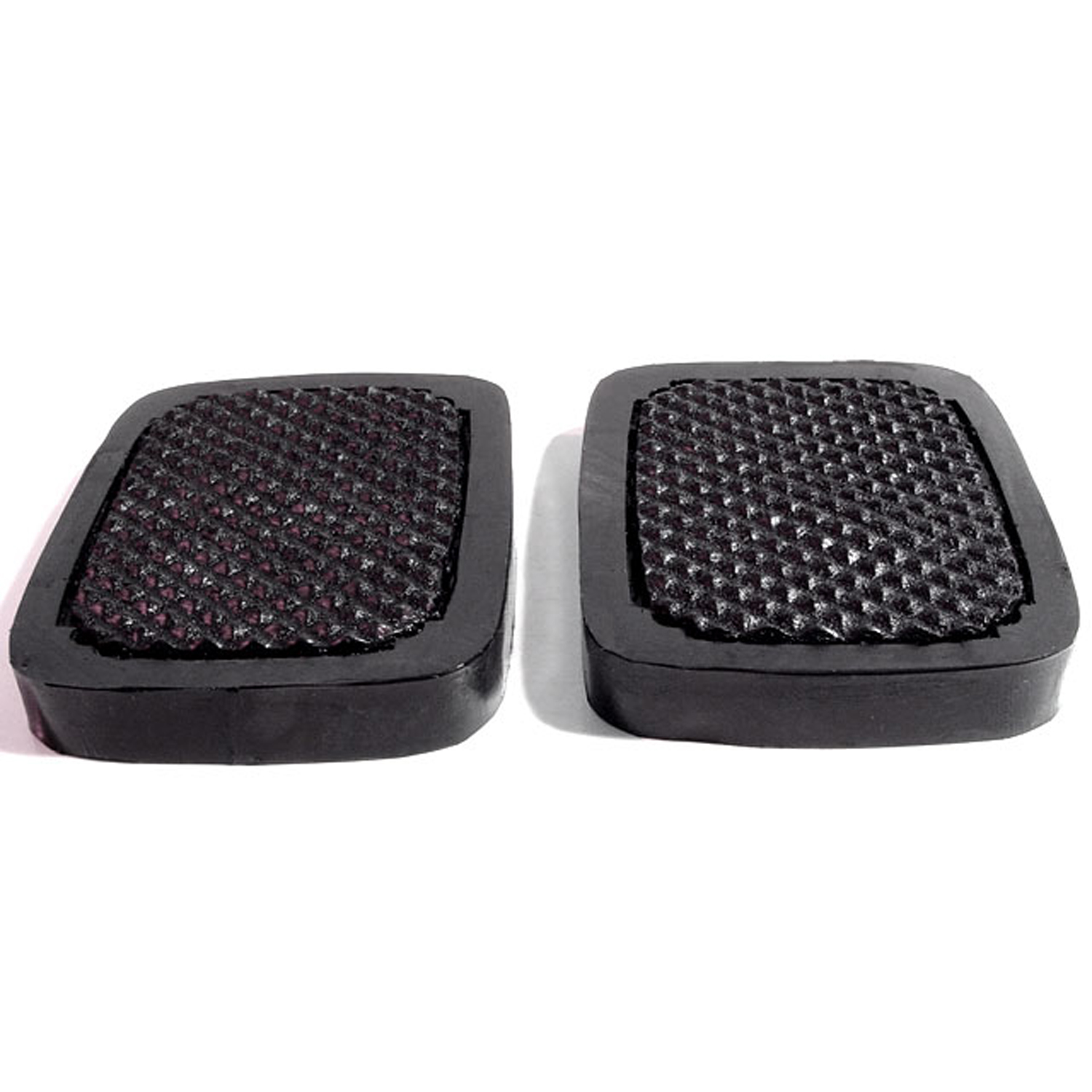Image of 1913 Buick Model 31, sourced from www.imcdb.org , Image Link.
Performance Metrics
Fundamental Metrics
Emotional Appeal
MMP Rating
| Engine Specifications | |
|---|---|
| Engine: | 4-cylinder, in-line, L-head |
| Displacement: | 165 cubic inches |
| Horsepower: | Estimated 30-40 HP |
| Torque: | Not available |
| Compression Ratio: | Not available |
| Ignition System: | Magneto |
| Cooling System: | Water, thermo-siphon |
| Performance Specifications | |
| 0-60 Time: | Not available |
| 1/4 Mile Time: | Not available |
| Top Speed: | 40-50 mph |
| Transmission and Drive | |
| Drive Type: | Rear-wheel drive |
| Transmission Type: | 3-speed manual |
| Fuel and Efficiency | |
| Fuel System Type: | Gravity feed |
| MPG: | Not available |
| Dimensions and Brakes | |
| Brakes: | Mechanical drum on rear wheels |
| Wheelbase: | 100 inches |
| Weight: | 1,650 lbs |
Note: Specifications for classic cars are given to the best of our ability, considering the limited and variant data available.
Stepping Back in Time: The 1913 Buick Model 31
The dawn of the automotive era was a time of innovation and elegance, and the 1913 Buick Model 31 stands as a testament to this transformative period. Crafted by the skilled hands at Buick, then a burgeoning name in the industry, this vehicle emerged as a symbol of early 20th-century American ingenuity. At a time when automobiles were transitioning from luxury novelties to accessible transportation, the Model 31 carved its niche as a reliable and stylish option for the burgeoning middle class. One particularly intriguing fact about this model is that it was one of the first cars to feature electric lights, a feature that we take for granted today but was revolutionary at the time.
Design and Innovation: A Closer Look at Elegance
The exterior of the 1913 Buick Model 31 exuded charm with its sweeping curves and brass accents. The vehicle's high stance and large, wooden-spoke wheels were emblematic of the era's design ethos, while the iconic Buick radiator grille hinted at the brand's future signature look. Inside, passengers were greeted with luxurious materials uncommon in lesser automobiles, including leather upholstery and polished wood trim. Technologically, the Model 31 was ahead of its time. It boasted an advanced overhead valve engine—a rarity among its contemporaries—and electric headlights. Color options were limited in those days, but Buick's rich blues and deep blacks were among the favorites. The touring body style, with its open top and room for five, became an iconic symbol of early motoring adventures.
Historical Significance: Shaping the Automotive Landscape
The 1913 Buick Model 31 wasn't just another car; it represented a leap forward in automotive design and technology. Its overhead valve engine set a standard that many manufacturers would eventually follow, offering improved efficiency and performance. The integration of electric lights also marked a significant safety improvement over gas or oil lamps. This model helped pave the way for modern vehicles and cemented Buick's reputation as an innovator.
Performance and Handling: A Journey Through Time
In terms of performance, the Model 31 was no slouch for its era. With a top speed that could reach up to 50 miles per hour—a thrilling pace at the time—the car offered an exhilarating driving experience. Acceleration figures like 0-60 mph weren't commonly used metrics then, but rest assured this Buick could hold its own against contemporaries. Handling was another area where the Model 31 shone. Its sturdy construction handled bumps with grace, though windy roads would have required careful attention from the driver due to the high center of gravity typical of vehicles from this period. Driving one today would provide an authentic feel of early motoring—the rumble of the engine, the vibration through the floorboards, and a connection with the road that modern cars have all but insulated drivers from.
Ownership Experience: More Than Just Transportation
Owners of the Model 31 typically used their vehicles for more than just daily commuting; they were symbols of status and technological marvels that warranted weekend drives and appearances at social events. Maintenance required more hands-on attention than today's cars, but simplicity in design made repairs manageable for those familiar with basic mechanics. As for reliability, these vehicles were built to last with proper care—many have survived over a century.
Fun Facts: The Legacy Lives On
The 1913 Buick Model 31 has its share of interesting trivia. For instance, some were used as police cars or taxis in their day due to their reliability. While not known for breaking speed records, they did set standards for endurance and quality manufacturing. Criticism was minimal but often centered around their cost—Buicks were not cheap cars—but owners would argue their value far outweighed their price tag.
Collector's Information: A Century-Old Gem
Today, finding a 1913 Buick Model 31 can be quite challenging; production numbers were limited even in their heyday (estimates suggest several thousand units). As such, they are highly sought after by collectors. Values can vary widely based on condition and originality but expect to see figures ranging from $20,000 to well over $100,000 for pristine examples. The market trend for these vintage automobiles has generally seen appreciation over time due to their rarity and historical significance.
Conclusion: Celebrating Automotive Heritage
The 1913 Buick Model 31 is more than just an old car—it's a piece of history that continues to captivate enthusiasts and collectors alike. Its blend of style, innovation, and performance serves as a reminder of where we've come from and how far we've traveled on four wheels. Owning or even just witnessing one is like taking a step back into an era where each turn of the wheel was part of an ongoing journey toward modernity.
1913 Buick Model 31 Catalog of Parts
 1913 Buick Model 31 Clutch and Brake Pedal Pads. 2-3/4" wide X 3-3/8" long-CB 12Clutch and Brake Pedal Pads. 2-3/4" wide X 3-3/8" long. Pair
1913 Buick Model 31 Clutch and Brake Pedal Pads. 2-3/4" wide X 3-3/8" long-CB 12Clutch and Brake Pedal Pads. 2-3/4" wide X 3-3/8" long. Pair 1913 Buick Model 31 Clutch and Brake Pedal Pads. 2-3/4" wide X 3-3/4" long-CB 13Clutch and Brake Pedal Pads. 2-3/4" wide X 3-3/4" long. Pair
1913 Buick Model 31 Clutch and Brake Pedal Pads. 2-3/4" wide X 3-3/4" long-CB 13Clutch and Brake Pedal Pads. 2-3/4" wide X 3-3/4" long. PairWhy Choose Metro?
For over 100 years, Metro Moulded Parts has been the pinnacle of quality in classic car restoration parts. Our commitment to precision and authenticity in every component ensures a perfect fit and an OEM-level appearance.
- Expert Craftsmanship & Quality: Each part is a testament to our dedication to reliability and perfection, crafted from original designs and thoroughly tested.
- Advanced Technology: We use cutting-edge techniques to create flawless, long-lasting parts that surpass others in performance.
- SuperSoft Sponge – The Ultimate Door Seal: Not only are our door seals 30% softer than competitors', but they're also guaranteed to never leak. They effectively reduce wind and road noise, enhancing your classic car's comfort and driving experience.
- Proudly American: Our parts are a product of American craftsmanship, made in the USA with a spirit of excellence and heritage.
- Unrivaled Warranty: We back our products with a 30-year industry-leading warranty, a testament to our confidence in their quality.
Join us in preserving the legacy of classic cars with parts that are crafted for perfection, not just made.

